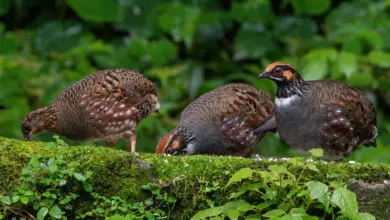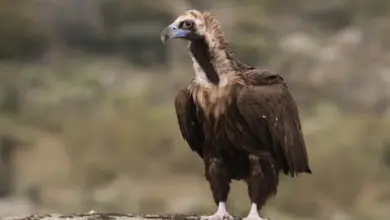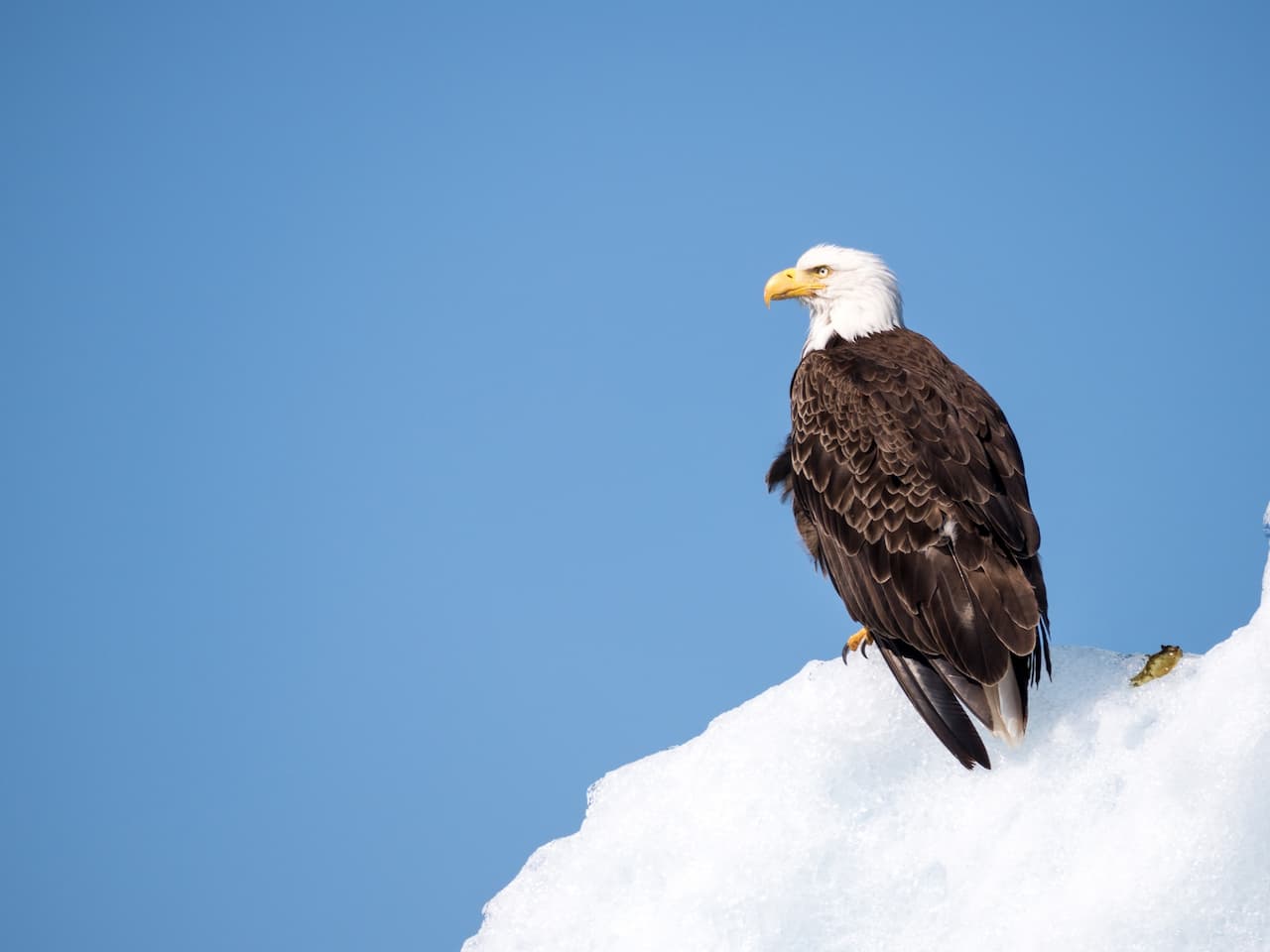Ratites
A ratites is any of a diverse group of large, flightless birds of Gondwanan origin, most of them now extinct.
Unlike other flightless birds, the ratites have no keel on their sternum – hence their name which comes from the Latin (ratis) for raft. Without this to anchor their wing muscles they could not fly even if they were to develop suitable wings.
Most parts of the former Gondwana have ratites, or have had until the fairly recent past. Their closest living relatives are the tinamous of South America.
Species
Living forms
The African Ostrich is the largest living ratite. A large member of this species can be nearly 3 metres (9.8 ft) tall, weigh as much as 159 kilograms (350 lb), and can outrun a horse.
Of the living species, the Australian Emu is next in height, reaching up to 2 metres (6.6 ft) tall and about 60 kilograms (130 lb). Like the ostrich, it is a fast-running, powerful bird of the open plains and woodlands.
Also native to Australia and the islands to the north are the three species of Cassowary. Shorter than an emu, but heavier and solidly built, cassowaries prefer thickly vegetated tropical forests. They can be very dangerous when surprised or cornered because of their razor-sharp talons. In New Guinea, cassowary eggs are brought back to villages and the chicks raised for eating as a much-prized delicacy, despite (or perhaps because of) the risk they pose to life and limb.
South America has two species of Rhea, mid-sized, fast-running birds of the Pampas. The larger American rhea grows to about 1.5 metres (4.9 ft) tall and usually weighs 20 to 25 kilograms (44–55 lb). (South America also has 47 species of the small and ground-dwelling but not flightless tinamou family, which is closely related to the ratite group.)
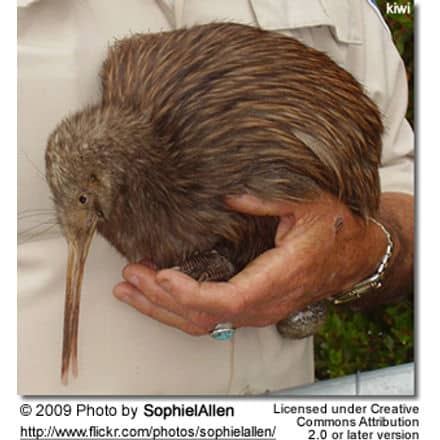
The smallest ratites are the five species of Kiwi from New Zealand. Kiwi are chicken-sized, shy, and nocturnal. They nest in deep burrows and use a highly developed sense of smell to find small insects and grubs in the soil.
Kiwi are notable for laying eggs that are very large in relation to their body size.
A Kiwi egg may equal 15 to 20 percent of the body mass of a female kiwi.
The smallest species of kiwi is the Little Spotted Kiwi, at 1.2 kilograms (2.6 lb) and 40 centimetres (16 in).
Extinct forms
Aepyornis, the “elephant bird” of Madagascar, was the largest bird ever known. Although shorter than the tallest moa, a large Aepyornis could weigh over 450 kilograms (990 lb) and stand up to 3 metres (9.8 ft) tall.
At least 11 species of moa lived in New Zealand before the arrival of humans, ranging from turkey-sized to the Giant Moa Dinornis giganteus with a height of 3.3 metres (11 ft) and weighing about 250 kilograms (550 lb). They went extinct by A.D. 1500 due to hunting by Māori settlers, who arrived by A.D. 1300.
In addition, eggshell fragments similar to those of Aepyornis were found on the Canary Islands. The fragments date to the Middle or Late Miocene, and no satisfying theory has been proposed as to how they got there due to uncertainties about whether these islands were ever connected to the mainland.

Physical characteristics
Ratites in general share many physical characteristics, with the exception of the Family Tinamidae, or Tinamous.
First, the breast-muscles are under-developed. They do not have a keeled sternum. Their wishbone (furcula) is almost absent. They have a simplified wing skeleton, and wing musculature.
Their legs are stronger and do not have air chambers, except the femur. Their tail and flight feathers have retrogressed or have become decorative plumes.
They have no feather vanes, which means they do not need to oil their feathers, hence they have no preen or oil gland. They have no separation of pterylae and apteria, and finally, they have a palaeognathous palate.
Ostriches have the greatest dimorphism, Rheas show some dichromatism during the breeding season. Emus, cassowaries, and kiwis show some dimorphism, predominately in size.
While the ratites share a lot of similarities, they also have major differences. Ostriches have only two toes, with one being much larger than the other. Cassowaries have developed long inner toenails, used defensively.
Ostriches and rheas have prominent wings, although they don’t use them to fly, they do use them in courtship, and predator distraction.
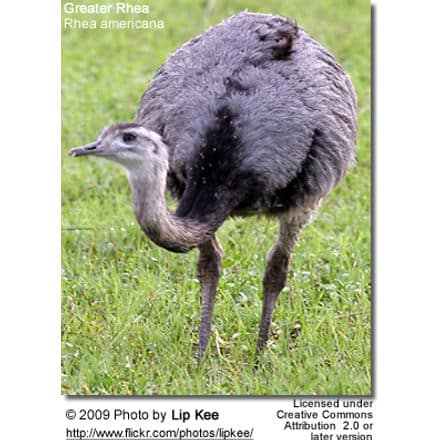
Feeding and diet
Ratite chicks tend to be more omnivorous or insectivorous. That is where the similarities end with feeding as they all vary in diet and length of the digestive tract, which is indicative of diet.
Ostriches, with the longest track at 14 metres (46 ft) are primarily vegetarian.
Rhea’s tract is next longest at between 8–9 metres (26–30 ft) and they also have caeca. They are also mainly herbivores, concentrating on broad-leafed plants. However they will eat insects if the opportunity arises.
Emus have a tract of 7 metres (23 ft) in length and have a more omnivorous diet including insects and other small animals.
Cassowaries have nearly the shortest tract at 4 metres (13 ft). Finally, kiwis have the shortest tract and eat earthworms, insects, and other similar creatures.
Reproduction
Ratites are different from flying birds in that they need to adapt or evolve certain features to protect their young. First and foremost is the thickness of the shells of their eggs.
Their young are hatched more developed than most and they can run or walk soon thereafter.
Also, most ratites have communal nests, where they share the incubating duties with others.
Ostriches are the only ratites where the female incubates; they share the duties, with the males incubating at night.
Kiwis stand out as the exception with a monogamous relationship.
Ratites and humans
Ratites and humans have had a long relationship starting with the use of the egg for water containers, jewelry, or other art mediums.
Male ostrich feathers were popular for hats during the 18th century, which led to hunting and sharp declines in populations.
Ostrich farming grew out of this need, and man harvested feathers, hides, eggs, and meat from the ostrich.
Emu farming also became popular for similar reasons and for their emu oil.
Rhea feathers are popular for dusters, and eggs and meat are used for chicken and pet feed in South America.
Ratite hides are popular for leather products like shoes.
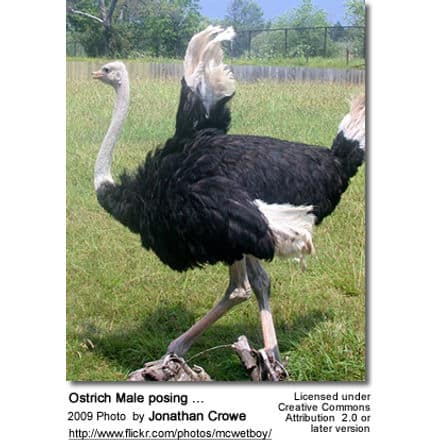
Evolution and systematics
There are two taxonomic approaches to ratite classification: the one applied here combines the groups as families in the order Struthioniformes, while the other supposes that the lineages evolved mostly independently and thus elevates the families to order rank (e.g. Rheiformes, Casuariformes etc.).
Some studies based on morphology, immunology, and DNA sequencing indicated that ratites are monophyletic. The traditional account of ratite evolution has the group emerging in flightless form in Gondwana in the Cretaceous, then evolving in their separate directions as the continents drifted apart.
However, recent analysis of genetic variation between the ratites conflicts with this: DNA analysis appears to show that the ratites diverged from one another too recently to share a common Gondwanian ancestor.
Also, the Middle Eocene fossil “proto-ostrich” Palaeotis from Central Europe may imply that the “out-of-Gondwana” hypothesis is wrong. Further, a recent analysis of twenty nuclear genes has drawn into question the monophyly of the group, suggesting that the flighted tinamous cluster within the ratite lineage.
A comparative study of the full mitochondrial DNA sequences of living ratites plus two moas places moas in the basal position, followed by rheas, followed by ostriches, followed by kiwis, with emus and cassowaries being the closest relatives. Another study has reversed the relative positions of moas and rheas and indicated that elephant birds are not close relatives of ostriches or other ratites, while a study of nuclear genes shows ostriches branching first, followed by rheas and tinamous, then kiwis split from emus and cassowaries.
Studies share branching dates that imply that while the ancestors of moas may have been present in New Zealand since it split off from other parts of Gondwana, the ancestors of kiwis appear to have somehow dispersed there from Australia more recently, perhaps via a land bridge or by island-hopping.
By earlier analyses, ostriches seemed to have arrived in Africa by some route after it detached from South America (such as by invading Eurasia and then Africa out of India), but the nuclear data showing the ostriches branching first would match the sequence of Gondwana’s plate tectonic breakup.
Other, but not all, aspects of ratite paleobiogeography were found to be consistent with the vicariance (plate tectonic split-up of Gondwana) hypothesis.
Recent phylogenomic studies suggest that tinamous may in fact belong to this group. If so, this would make ‘ratites’ paraphyletic, and not monophyletic.
This also raises interesting questions about the evolution of flight and flightlessness in this group, since the ratites were traditionally thought of as an ancestrally flightless, monophyletic group, while the branching of the tinamous within the ratite lineage indicates that either flight was re-evolved in the tinamous, or lost in all other ratites.
United States regulation
The USDA’s Food Safety and Inspection Service (FSIS) began a voluntary, fee-for-service ratite inspection program in 1995 in order to help the fledgling industry improve the marketability of the meat.
A provision in the FY2001 USDA appropriations act (P.L. 106-387) amended the Poultry Products Inspection Act to make federal inspection of ratite meat mandatory (and thus supported by taxpayer dollars) as of April 2001 (21 U.S.C. 451 et seq.).


